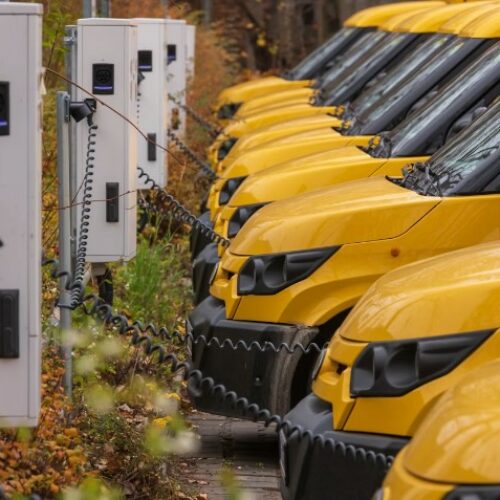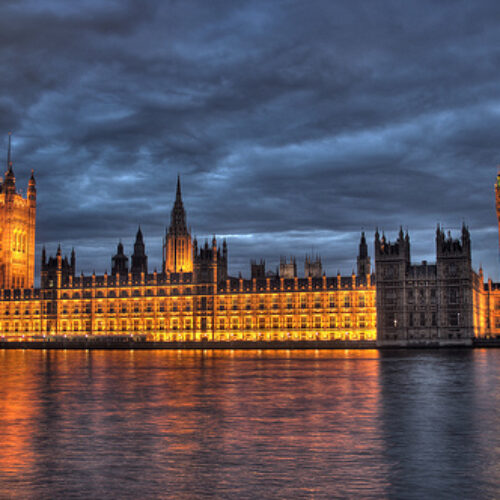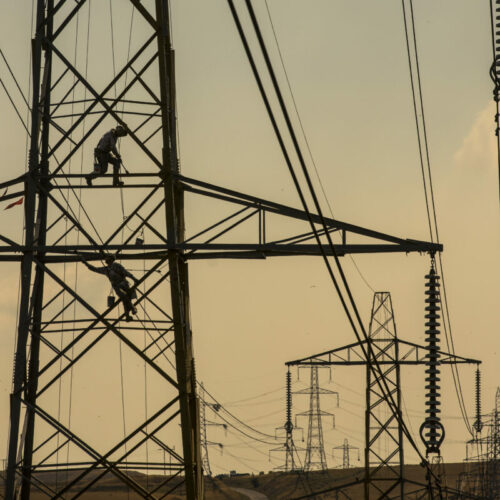While there are now clear, long term goals in place across most infrastructure areas, there has been slow progress in others such as electric vehicle (EV) charging and heat pumps, the National Infrastructure Commission (NIC) has found.
In its annual review of government progress on infrastructure, the NIC praised the increased investment commitments, with the government having made a £100 billion commitment over the next three years in the Autumn Spending Review.
Additionally, some of the NIC’s key recommendations have been delivered this year, including the creation of the UK Infrastructure Bank, while renewables capacity has continued to increase and the government has committed to holding annual Contracts for Difference auctions.
However, slow progress in some areas poses a threat to achieving key objects outlined in the government’s National Infrastructure Strategy, the NIC said.
Published in late 2020, the strategy includes commitments such as £90 million to fund local EV charging infrastructure, extensions to support for chargepoint installations at homes, workplaces and on-street locations, a review into the long-term role and organisational structure for National Grid ESO and a £240 million Net Zero Hydrogen Fund.
“The government is at risk of failing to deliver the aims of its National Infrastructure Strategy unless it picks up the pace with detailed policy design and implementation,” the advisory body said, adding that some of the strategies developed by the government over the last year “lack detailed delivery policy, leave key gaps, or simply do not go far enough”.
Areas of infrastructure policy the NIC said it is concerned about include the decarbonisation of heat, with current annual heat pump installations of around 36,000 being much lower than the government’s target of 600,000 by 2028.
Targets outlined in the Heat and Buildings Strategy should be supported with a delivery plan and clear funding, the NIC said.
This follows the Climate Change Committee last week stating that the Heat and Buildings Strategy “leaves many questions unanswered” and recommending that the government work to fill policy gaps.
EV charging infrastructure was also highlighted as an area of concern by the NIC, with the advisory body stating the current rollout is too slow. While between 280,000 to 480,000 chargepoints will be needed by 2030 to enable the shift to EVs, only around 25,000 chargepoints were installed by the end of 2021.
The NIC has therefore highlighted ten priorities for the government for the year ahead, spanning areas including energy, floods, transport, waste and regulation among others.
For transport, the NIC said the government should initiate a step change in the rate of deployment of EV chargepoints to get on track to deliver the infrastructure needed to facilitate the 2030 end to new diesel and petrol car and van sales.
Meanwhile, for energy, the NIC said the government must improve energy efficiency schemes to put the country on track to deliver the government’s target for as many homes as possible to be EPC C rated or above by 2035 and publish a detailed plan to deliver at least the 5MtCO2 per year of engineered removals by 2030 ambition in the Net Zero Strategy.
Writing in the report’s foreword, NIC chair Sir John Armitt said: “At a time of significant global volatility alongside concerns about rising living costs, we appreciate that sticking to a long term strategy is not easy.
“But it is the only way to address the stubbornly difficult problems that will not become any easier or cheaper to solve by delaying action – and the quicker we tackle them, the quicker society and our environment will reap the benefits.”





